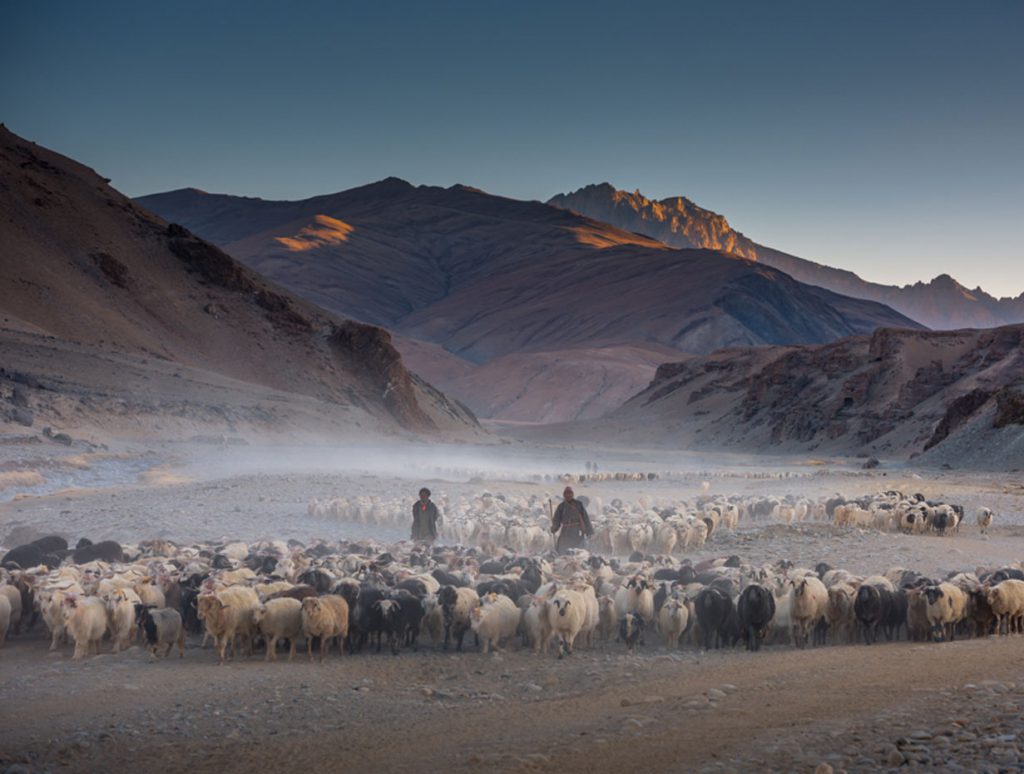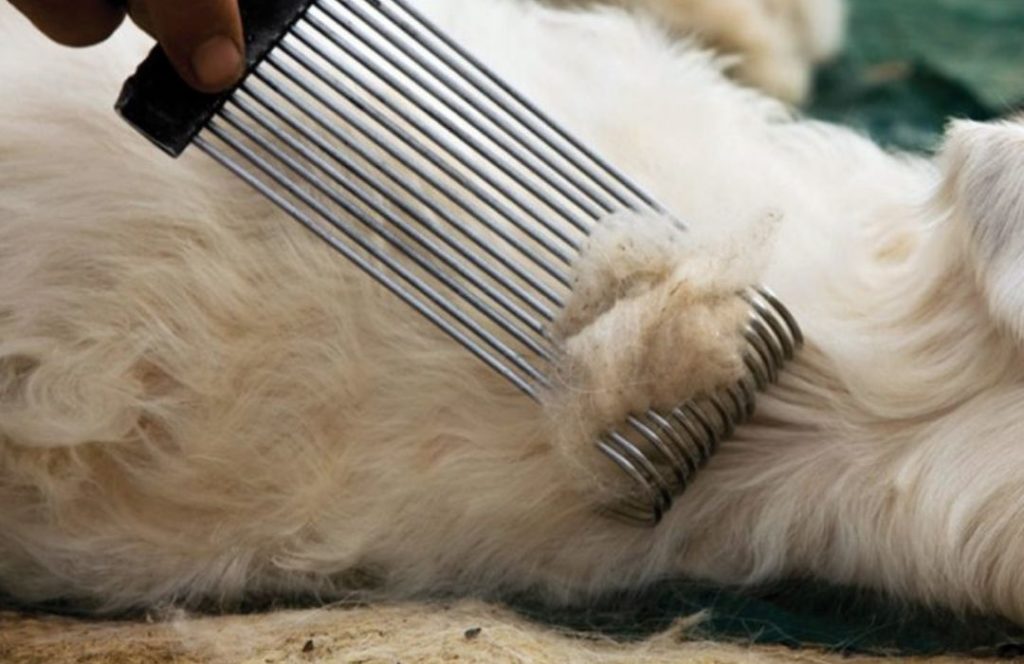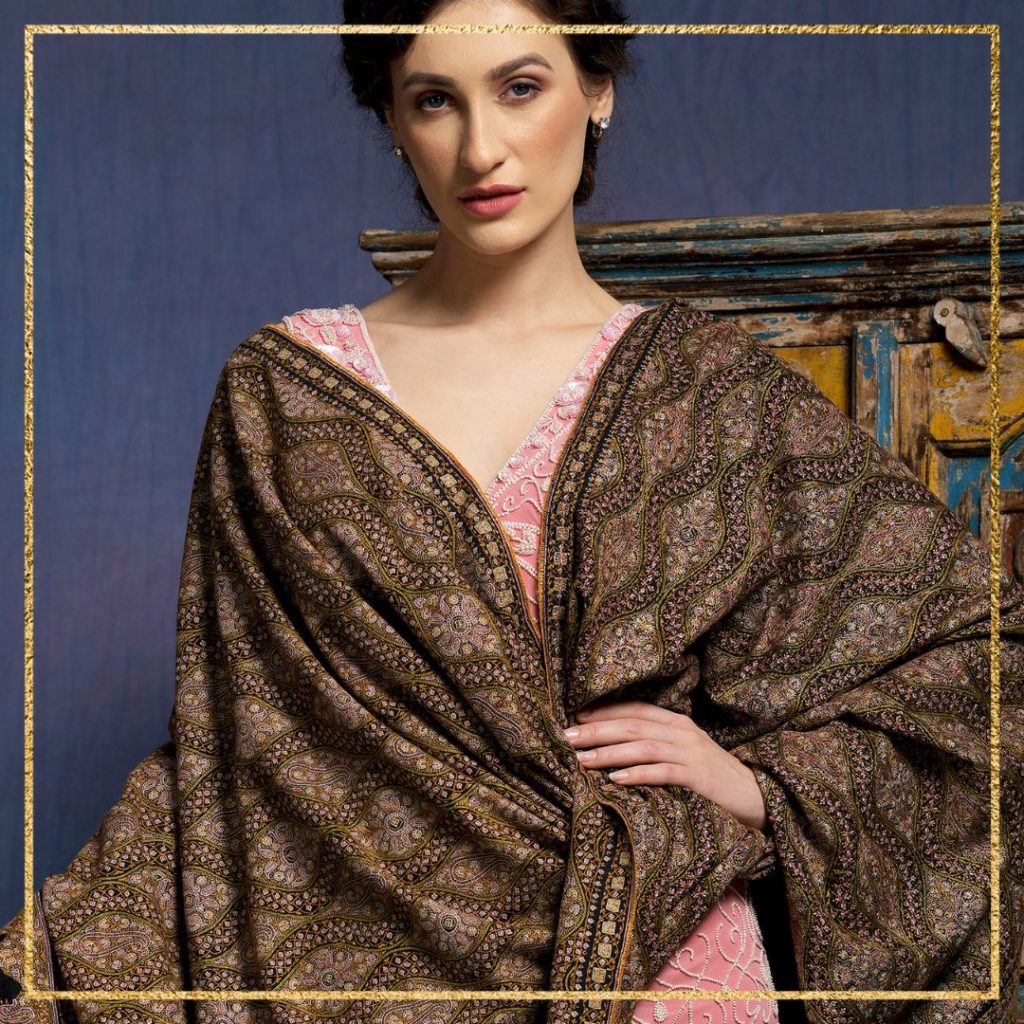We all understand the value of layering as the winter weather quickly approaches. Perhaps you've already begun looking for thicker versions of all the apparel necessities, such as sweaters and coats. While some people may adore the idea of stacking thick layers on top of one another, others, like ourselves, would want to feel a little more liberated. Some ladies feel as though they are carrying around too much clothing. For individuals who must commute to work every day, this is typical. Cashmere is a more sophisticated and graceful option for these women that could lighten some of their burdens.
A smooth animal hair called cashmere grows on cashmere goats as down fibre. To create luxurious wraps, such as shawls, stoles, or scarves, it is obtained from goats and processed. These accessories are incredibly delicate, light, and warm, making them excellent choices for the winter and fall. Empress Josephine wore the Cashmere wrap during the eighteenth century. This transformed the fashion industry and encouraged the use of cashmere wraps. Since then, there has been no turning back for these expensive wraps, which have been a royal favourite for decades.
What is Cashmere?

Cashmere is derived from the underbelly of a rare species of goat. The Himalayan range's high plateaus are where the goats can be found. These goats live in the Ladakh region of Jammu and Kashmir, and because of their environment, this species produces the best Cashmere. The land of high passes is another name for this chilly, arid region. It stretches to the main Great Himalayas in the south from the Siachen Glacier in the Karakoram range. People of Tibetan and Indo-Aryan ancestry live in the region. They are a tribal, nomadic people whose main occupation is raising animals. Goats that are used to make cashmere are one of the animals.
Ladakh is home to cashmere goats, which produce the best grades of this delicate wool. The pride of this chilly, arid region, these goats, known locally as Changthangi goats, produce an incredibly fine, light fibre with a diameter of about 12 to 16 microns. Cashmere is extremely fine, thus after processing this variety, a luxurious array of ultra-fine and gorgeous shawls/wraps and scarves are created. It has a Guinness Book of World Records for being the "Costliest Fibre in the World" and is precisely 14 the size of a human hair. This comes after the Shahtoosh ban, which forbade the use of the Tibetan Antelope's finer-than-Cashmere fibre.
A single goat produces about 150 grams of fine wool per year. To make a shawl of measurement 200×100 cm on average 3-4 goats are needed, adding to the reason for the wool’s exorbitant cost.
Processing of the fibre

After being acquired by Changthangi goat herders, raw fibre is offered in lump form. The animal sheds a large portion of hair naturally, and the remaining portion is gently combed off in the summer by its herders or experts if necessary. This is placed in tiny pouches and sent to Kashmir, where skilled craftspeople are waiting for it to arrive.
In the beginning, these wool lumps are cleansed. These are delivered for manual spinning over a wooden spinning wheel after washing. Following spinning, the fibre is turned into fine, long threads that are then manually woven to create fabric. This is the fabric that buyers and sellers have been waiting for a long time.
To make Cashmere shawls and wraps, it can take a few weeks to a few years. The wrap will be handwoven in a few days if it is plain and smaller in size. However, if the shawl is greater in size (like men's shawls), weaving may take weeks. Additionally, patterned wraps will take months to complete. However, if the wraps are to be manually embroidered or Kani woven, it will often take four to five years to complete the order.
What is Pashmina?
If one travels to Kashmir in pursuit of Cashmere shawls, one would discover that people refer to them by several names. In Kashmir, these shawls are known as Pashmina shawls. Many people were confused by this and questioned whether cashmere and pashmina were interchangeable. Or if these two words are interdependent. We learned what the truth is.
Beginning in the 18th century, European travelers to Kashmir discovered this expensive wool, known locally as pashm. They bought a few hundred of these, but instead of naming the shawls by their native name, they called them Cashmere (pronounced Kashmir). Because Europeans were more numerous and powerful than natives over time, Cashmere's reputation in Europe improved as well as locally. As a result of their widespread word of mouth, the wool became known as cashmere. As a result, wraps were created of Cashmere wool
On the other hand, the craft of creating luxurious wraps out of this raw wool was known as pashmina. Consequently, the shawls were known by the locals as Pashmina shawls made of Cashmere wool. But Europeans from the West called these Cashmere wraps.
Also read: PASHMINA - SURROUNDED BY THE AURA OF KASHMIR
Cashmere vs Pashmina today

In the present world terminology, the skill of making luxurious shawls from the world's finest fibres is known as Pashmina art. The underbelly of a Ladakhi goat contains the fibre that is used to produce Pashmina shawls. It is referred to locally as "Pashm," which is Persian meaning "soft gold." Westerners refer to it as cashmere.
Thus, the soft, delicate, and warm yarn used to make Pashmina shawls is cashmere. It develops on the underside of the Changthangi goat, a type of Ladakhi goat found on an arid and dry plateau in Ladakh. The goat produces raw wool in the winter, which is combed off of it in the spring for processing into pricey Pashmina shawls by hand.
Is Pashmina warmer than Cashmere?
The question isn't so difficult to answer, as Cashmere, as we know it now, is the raw fibre and Pashmina is the art of converting this fibre to fabric. Hence, Pashmina is as warm as Cashmere. The only difference is that Cashmere is the raw material and Pashmina is the final product.
Also read: WHERE IS THE BEST CASHMERE FROM?